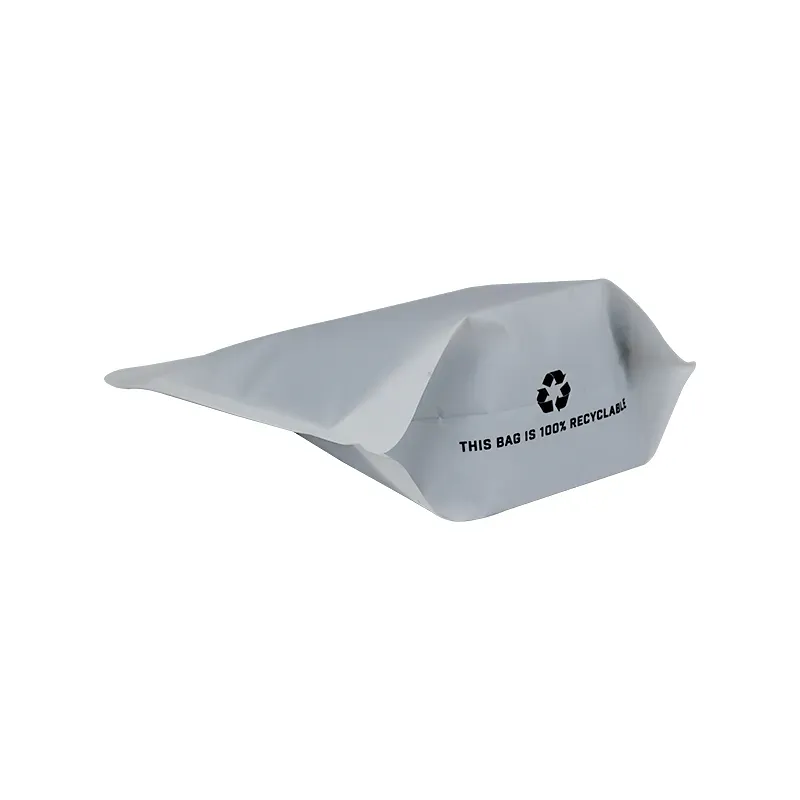- Afrikaans
- Albanian
- Amharic
- Arabic
- Armenian
- Azerbaijani
- Basque
- Belarusian
- Bengali
- Bosnian
- Bulgarian
- Catalan
- Cebuano
- chinese_simplified
- chinese_traditional
- Corsican
- Croatian
- Czech
- Danish
- Dutch
- English
- Esperanto
- Estonian
- Finnish
- French
- Frisian
- Galician
- Georgian
- German
- Greek
- Gujarati
- haitian_creole
- hausa
- hawaiian
- Hebrew
- Hindi
- Miao
- Hungarian
- Icelandic
- igbo
- Indonesian
- irish
- Italian
- Japanese
- Javanese
- Kannada
- kazakh
- Khmer
- Rwandese
- Korean
- Kurdish
- Kyrgyz
- Lao
- Latin
- Latvian
- Lithuanian
- Luxembourgish
- Macedonian
- Malgashi
- Malay
- Malayalam
- Maltese
- Maori
- Marathi
- Mongolian
- Myanmar
- Nepali
- Norwegian
- Norwegian
- Occitan
- Pashto
- Persian
- Polish
- Portuguese
- Punjabi
- Romanian
- Russian
- Samoan
- scottish-gaelic
- Serbian
- Sesotho
- Shona
- Sindhi
- Sinhala
- Slovak
- Slovenian
- Somali
- Spanish
- Sundanese
- Swahili
- Swedish
- Tagalog
- Tajik
- Tamil
- Tatar
- Telugu
- Thai
- Turkish
- Turkmen
- Ukrainian
- Urdu
- Uighur
- Uzbek
- Vietnamese
- Welsh
- Bantu
- Yiddish
- Yoruba
- Zulu
Comparative Analysis of Box Dimensions Measured in Centimeters
Understanding Box Sizes in Centimeters A Comprehensive Guide
When it comes to packaging and shipping goods, understanding box sizes is crucial for both individuals and businesses alike. The dimensions of a box determine not only the capacity it holds but also how efficiently it can fit into various transportation modes, including vehicles or storage facilities. In this article, we'll delve into the different box sizes measured in centimeters (cm), their significance in logistics, and how to choose the right size for your needs.
The Importance of Box Sizes
Box sizes are often categorized based on their dimensions length, width, and height. In centimeters, these measurements provide a standardized way to gauge the size of boxes, especially in countries that use the metric system. Having this consistency is critical for businesses that operate internationally, as it allows for better communication regarding packaging specifications.
Choosing the right box size has several implications. For one, it helps in minimizing shipping costs. Carriers typically charge based on dimensional weight and the overall volume of the package. A box that is too large for its contents may lead to unnecessary expenses, while a box that is too small could damage the items inside, resulting in financial loss and customer dissatisfaction.
Common Box Sizes
Understanding the common box sizes used in packaging can be beneficial. Here are a few examples of box dimensions often found in centimeters
- Small Box (20cm x 15cm x 10cm) Ideal for small items such as jewelry, electronics, or small parts. These boxes are easy to handle and can be efficiently packed into larger shipping containers. - Medium Box (40cm x 30cm x 20cm) Suitable for a variety of products, including clothing, books, and small appliances. This size strikes a balance between capacity and ease of handling.
- Large Box (60cm x 40cm x 30cm) Often used for bulkier items like toys, kitchenware, or larger electronics. The space provided by these boxes offers protection for fragile items.
- Extra-Large Box (100cm x 50cm x 50cm) Designed for large shipments or multiple items. These boxes are commonly used in the furniture industry or for shipping sporting equipment.
box sizes in cm

Custom Box Sizes
In some cases, standard box sizes may not meet the specific requirements of the items being shipped. Custom box sizes can be created to accommodate unique products. This is especially important for delicate or oversized items that need to be secured properly during transit. Companies often use protective packing materials to fill any empty space within the box, thus preventing movement and damage.
How to Choose the Right Box Size
Here are some tips on how to select the right box size for your shipment
1. Evaluate Your Items Assess the size and shape of the items you need to pack. Measure the dimensions in centimeters and consider their fragility.
2. Consider Weight Be mindful of the total weight of your items. Heavier items may require a sturdier box to prevent bursting during shipping.
3. Plan for Protection Factor in additional space for padding materials such as bubble wrap or packing peanuts, which can help safeguard fragile items.
4. Standard vs. Custom If you have common items to ship regularly, standard box sizes may suffice. However, for unique items, consider investing in custom boxes for better fit and protection.
Conclusion
Understanding box sizes in centimeters plays an essential role in effective packaging and shipping. By selecting the right box size, you not only protect your items but also control shipping costs and ensure customer satisfaction. Whether you opt for standard sizes or custom solutions, being informed about box dimensions will undoubtedly enhance your shipping experience. Always remember that a well-chosen box is key to a successful delivery.













